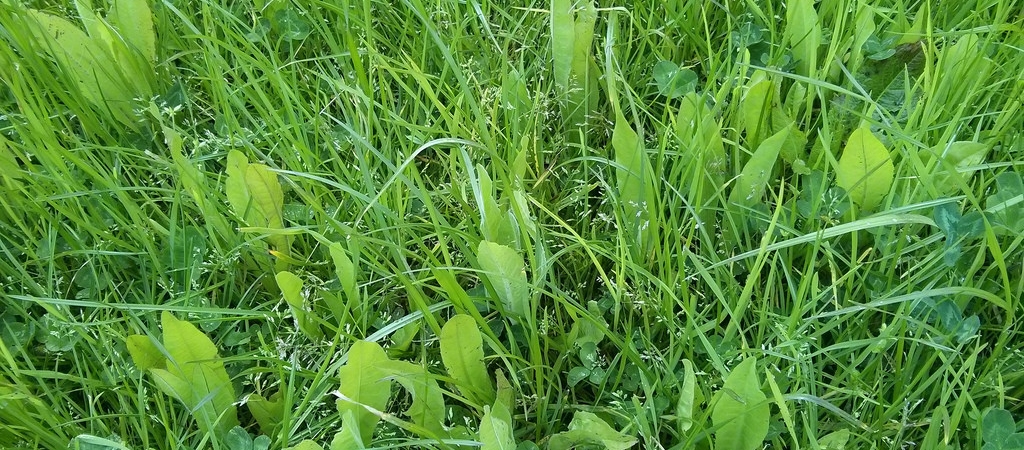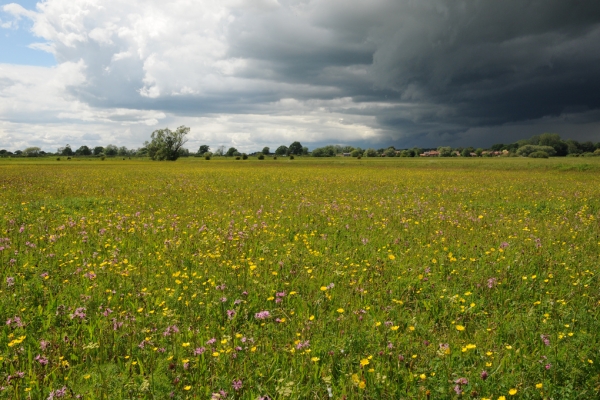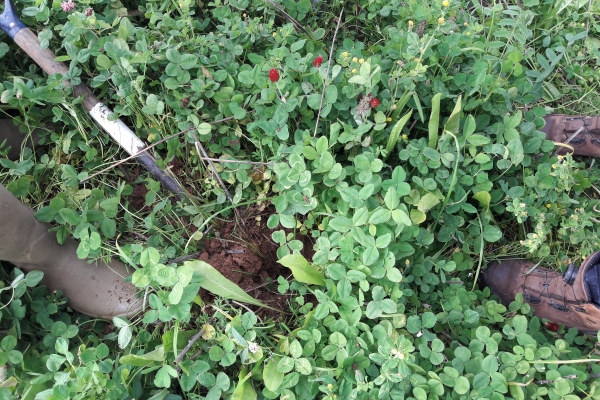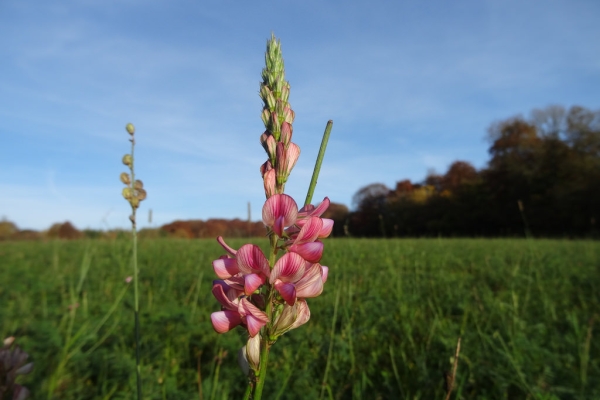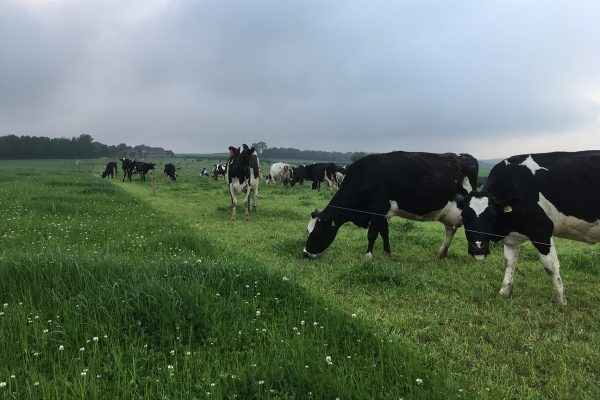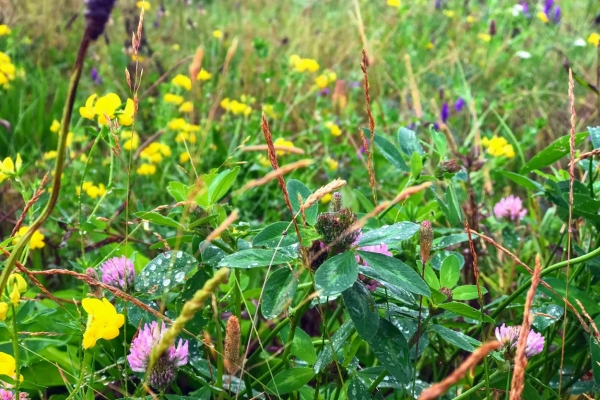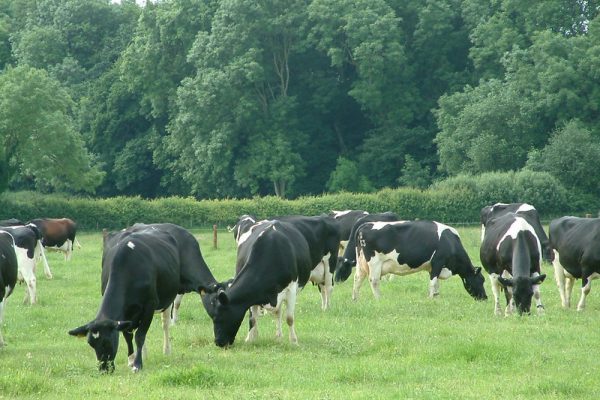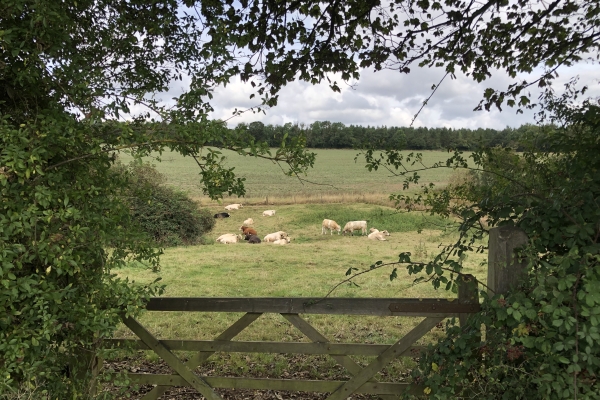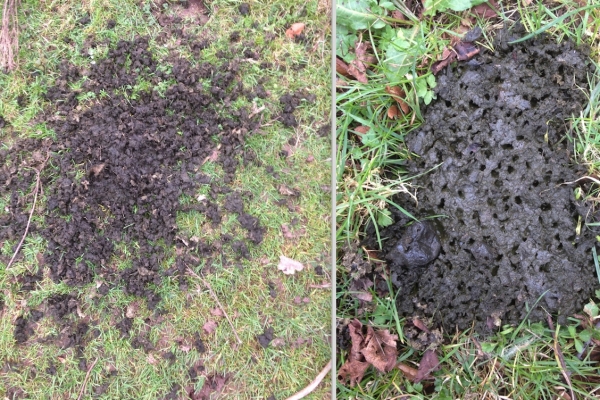Sward enhancement: diversifying grassland by spreading species-rich green hay
Natural England Technical Information Note TIN063
Resource explained
This Natural England Technical Information Note is one of a series looking at ways to enhance swards to increase botanical diversity of species-poor grassland. In addition to using green hay, other techniques that can be used include oversowing, slot seeding and planting pot-grown transplants and plugs.
This note helps you assess the suitability of using green hay as a method of sward enhancement. It outlines advantages of using green as opposed to dry hay and what is required in order for the technique to be successful. It provides guidance to help you assess suitability of your donor site, how often green hay should be used, and factors to consider in relation to timing of collecting and spreading the hay. It covers weed control and ground preparation of the receptor site, and provides guidance regarding the most successful methods for spreading and collecting green hay, and subsequent management following hay spreading.
Findings & recommendations
- Sward enhancement can be funded under what is now the Countryside Stewardship Scheme.
- Using green hay is usually cheaper than purchasing commercial seed and is a way of ensuring that fresh seed from a local source is used. A wider range of species can be found within green hay than purchased seed or dry hay.
- For this method to be successful, you need to select your donor and receptor sites carefully, considering points such as site characteristics, presence of weeds and competitive plant species, and avoiding damage to wildlife.
- It is recommended that you:
- Prepare the receptor site prior to spreading the hay by starting with a short sward and then creating 50% bare ground (this reduces competition from the existing sward).
- Use green hay within a few hours of collecting it (to avoid it heating up and threatening seed viability).
- Allow some time for the hay to be bedded in (i.e. by trampling with stock) after spreading.
- Subsequent site management is important so that you can control slugs or weeds, manage the sward height so that light can aid germination and avoid seedlings being overshadowed by existing vegetation, and allow plants to flower and set seed where appropriate.
